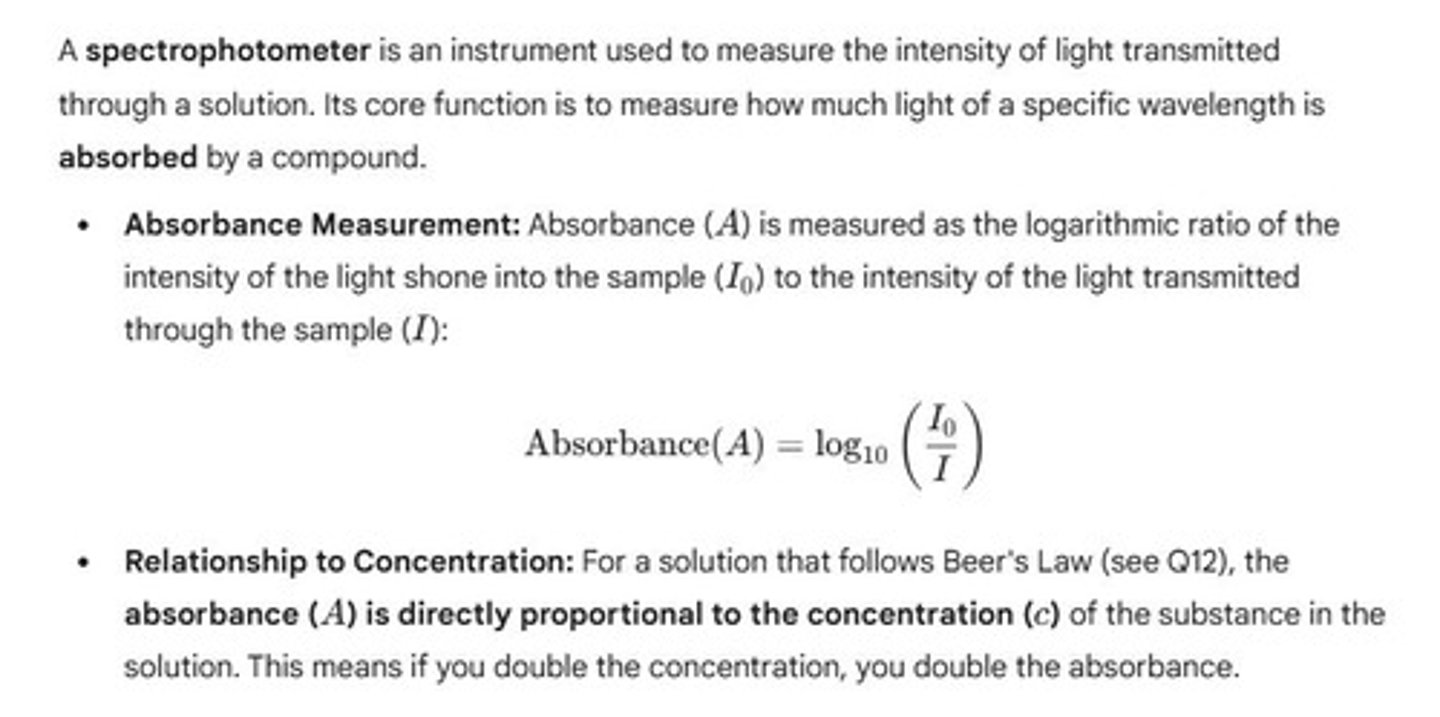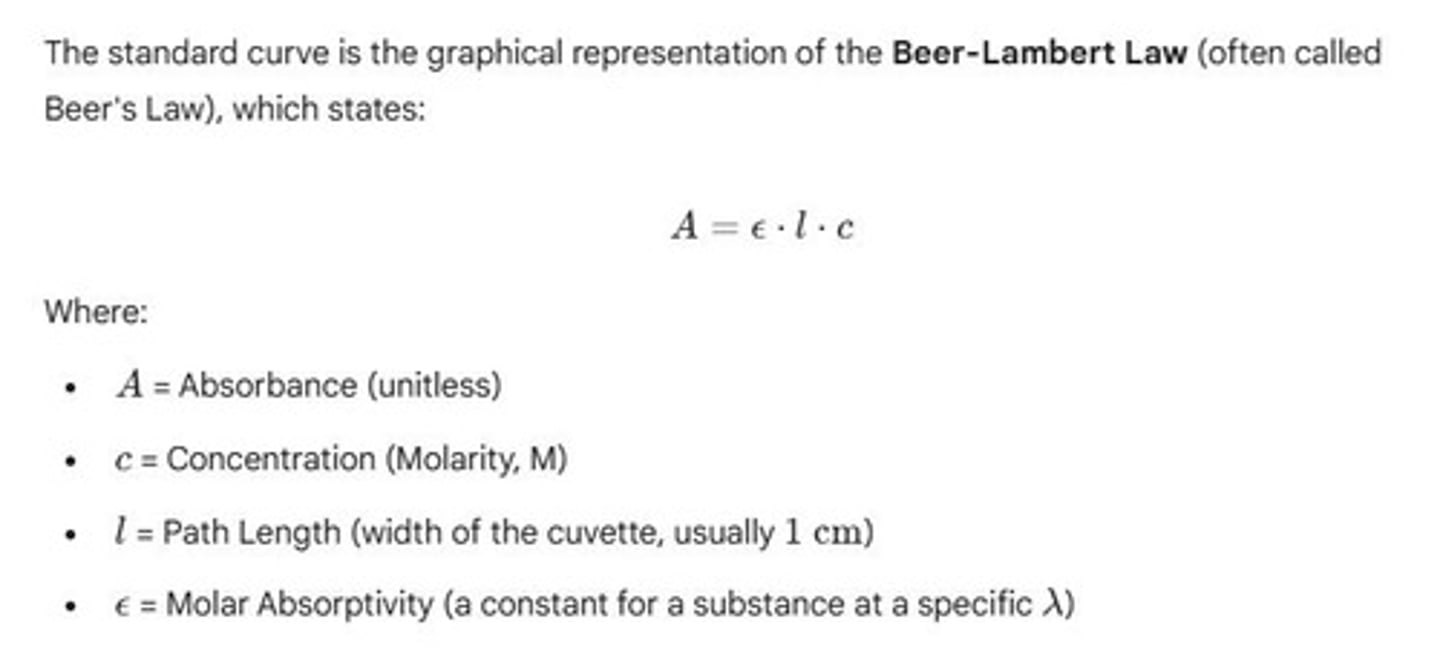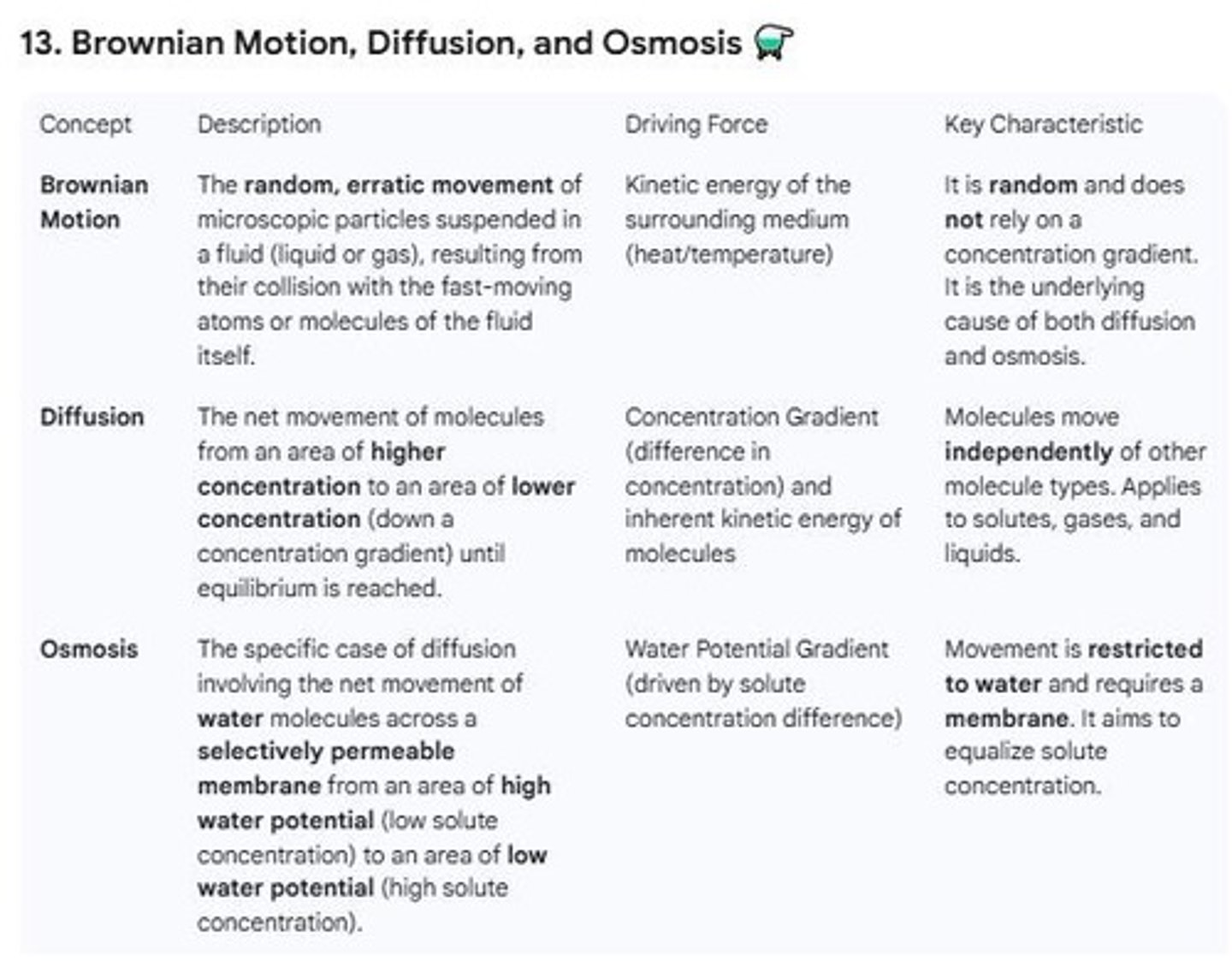Biology Midterm Study Guide: Natural Selection, Biomolecules, Diffusion, Enzymes
1/47
There's no tags or description
Looks like no tags are added yet.
Name | Mastery | Learn | Test | Matching | Spaced |
|---|
No study sessions yet.
48 Terms
What is natural selection?
The primary mechanism of evolution that leads to changes in the heritable traits of a population over successive generations.
How does the environment influence natural selection?
The environment acts as a selective pressure, dictating which traits are favorable or detrimental for survival and reproduction.
What happens to traits in a population when a predator favors certain characteristics?
Traits that are unfavorable (e.g., large, brightly colored beans) will decrease in frequency, while favorable traits (e.g., small, brown beans) will increase over generations.
What are the four steps of the scientific method?
1. Observation/Ask a Question 2. Formulate a Hypothesis 3. Experiment/Test 4. Analyze & Conclude.
What is an independent variable?
The factor that is intentionally manipulated or changed by the experimenter, plotted on the x-axis.
What is a dependent variable?
The factor that is measured or observed in response to changes in the independent variable, plotted on the y-axis.
What is a negative control?
A control that shows what happens when the experimental treatment has no effect, confirming that the independent variable is the only cause of the observed effect.
What is a positive control?
A control that shows what happens when a known effect is expected, confirming that the experimental procedure and reagents are working correctly.
What are constants in an experiment?
Factors that remain unchanged throughout the experiment to ensure that the results are due to the independent variable.
What are the key characteristics of carbohydrates?
Carbohydrates are defined by their structure as sugars and starches, with monomers being monosaccharides and polymers being polysaccharides.
What are the monomers and polymers of lipids?
Lipids do not have true monomers and polymers, but fatty acids and glycerol are key components.
What defines proteins and their diversity?
Proteins are diverse due to being built from combinations of 20 different amino acids, leading to unique sequences and shapes.
What determines the three-dimensional shape of a protein?
The primary structure (linear sequence of amino acids) dictates how the polypeptide chain folds based on the chemical properties of the R-groups.
What is a spectrophotometer used for?
It measures the absorbance of light by a sample to determine the concentration of a substance.

What is a standard curve?
A graph used to establish the quantitative relationship between a measurable property (like absorbance) and the concentration of a substance.
What is meant by the term 'standard' in the context of a standard curve?
A standard is a solution containing a known, exact concentration of the molecule being tested, used to create data points for the curve.
How do you qualitatively test for the presence of carbohydrates?
Using Benedict's solution for reducing sugars (positive result: color change) or iodine for starch (positive result: blue-black color).
How do you test for proteins?
Using Biuret reagent (positive result: color change to purple).
What is the expected outcome of a negative control in an experiment?
No change or a negative result, confirming that the observed positive result is due only to the target substance.
What is the purpose of positive controls in experiments?
To ensure that the reagents and procedures are capable of producing a positive result.
What is the role of constants in an experiment?
To ensure that only the independent variable affects the dependent variable, thereby validating the experiment's results.
What is the significance of allele frequency in natural selection?
Changes in allele frequency indicate how traits that enhance survival and reproduction become more common in a population over time.
What happens to unfavorable traits in a population over time?
Unfavorable traits are gradually removed from the gene pool as organisms with those traits are less likely to reproduce.
What is the relationship between absorbance and concentration?
Generally, absorbance is directly proportional to the concentration of a substance in a solution.

What type of graph is used for categorical independent variables?
A bar graph.
What type of graph is used for continuous independent variables?
A scatter plot or line graph.
What is Brownian motion?
The random movement of particles suspended in a fluid, resulting from their collision with fast-moving molecules in the fluid.

How does molarity differ from osmolarity?
Molarity is the concentration of a solution expressed as moles of solute per liter of solution (mol/L), while osmolarity is the concentration of osmotically active particles in solution (Osm/L).
What is tonicity?
The relative osmotic effect of a solution on cells, determining whether water moves into, out of, or neither into nor out of the cells.
What factors influence a solute's ability to diffuse across a cell membrane?
Factors include size of the solute, polarity/hydrophobicity, charge, concentration gradient, membrane proteins, and membrane fluidity/composition.
How do small and large molecules differ in their ability to cross cell membranes?
Small molecules (e.g., O₂, CO₂) diffuse easily, while large molecules (e.g., proteins, polysaccharides) require transport proteins to cross.
What happens to water movement in a hypertonic solution?
Water moves out of the cell due to a higher solute concentration outside the cell.

What is the effect of a hypotonic solution on a cell?
Water moves into the cell, leading to potential swelling or bursting in cells lacking a cell wall.
Define enzyme.
A biological catalyst, usually a protein, that speeds up chemical reactions by lowering activation energy without being consumed.
Why is enzyme conformation important?
The 3D shape, especially the active site, determines substrate binding and reaction specificity; changes can lead to loss of enzyme activity.
What is V₀ in enzymatic reactions?
V₀ (initial velocity) is the rate of reaction immediately after mixing enzyme and substrate, reflecting the highest substrate concentration.
What factors affect the initial velocity (V₀) of an enzymatic reaction?
Factors include substrate concentration, enzyme concentration, temperature, pH, and presence of inhibitors/activators.
What is denaturation?
The loss of an enzyme's native 3D conformation due to extreme heat, pH, or chemicals, disrupting the active site and rendering the enzyme nonfunctional.
How does temperature affect enzyme activity?
Increasing temperature leads to faster molecular collisions and higher reaction rates, but beyond the optimal temperature, enzymes can denature.
What is the optimal pH for acid phosphatase?
Around 4.5-5.0, which is consistent with lysosomal activity.
What role does KOH play in enzyme experiments?
KOH denatures the enzyme and changes pH, stopping the reaction and converting the product into a measurable form.
What is the primary difference between cell membrane and dialysis tubing selectivity?
Cell membrane selectivity depends on solute size, polarity, charge, and transport proteins, while dialysis tubing selectivity is based solely on molecular size relative to pore size.
What happens to blood cells in hypertonic solutions?
Blood cells lose water and shrink due to the higher solute concentration outside the cell.

Describe how to determine the relative solute concentration of two solutions.
Compare the osmolarity of the solutions or use a method like dialysis to observe water movement.
What is the effect of pH on enzyme activity?
Each enzyme has an optimal pH; deviations can alter the ionization of the active site or substrate, reducing binding or causing denaturation.
What is the relationship between substrate concentration and reaction rate?
At low substrate concentrations, the reaction rate increases as more enzyme-substrate complexes form; at high concentrations, the rate plateaus as enzymes become saturated.
How can you visually represent the effect of temperature on enzyme activity?
By sketching a graph showing a rise in reaction rate up to an optimal temperature, followed by a sharp decline due to denaturation.
What is the importance of measuring absorbance in enzyme assays?
Measuring absorbance allows for quantification of product formation or substrate disappearance, providing insights into enzyme activity.